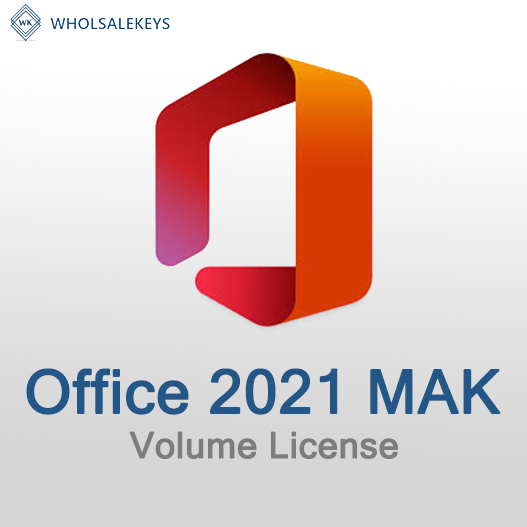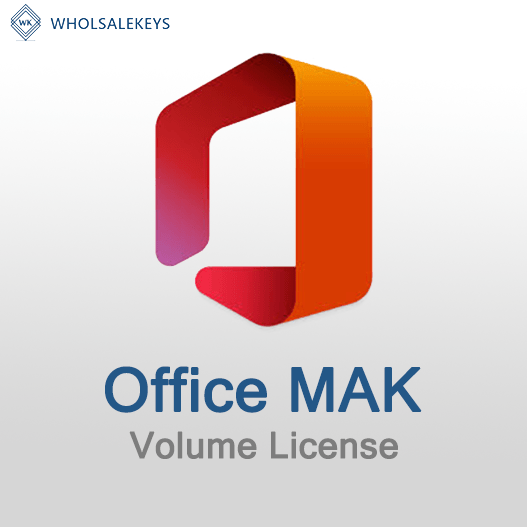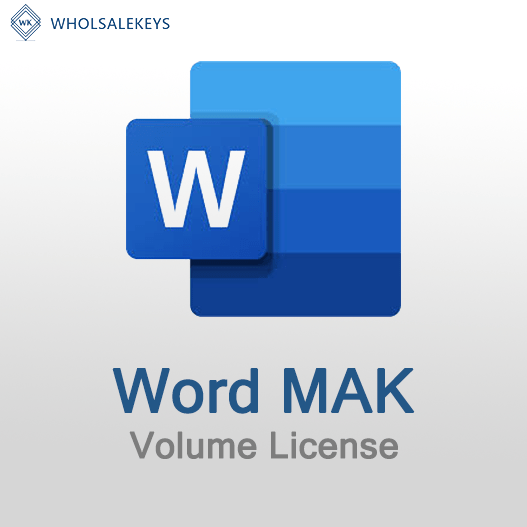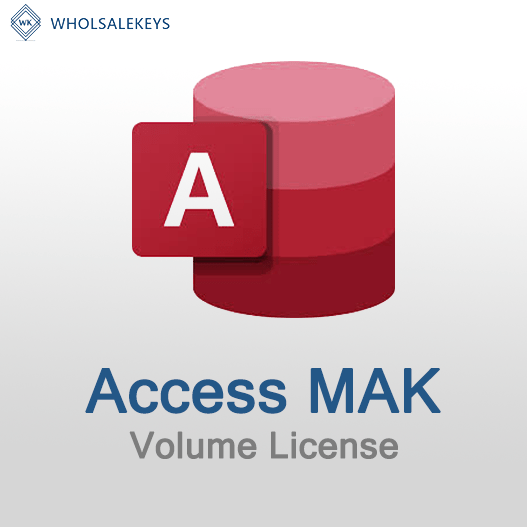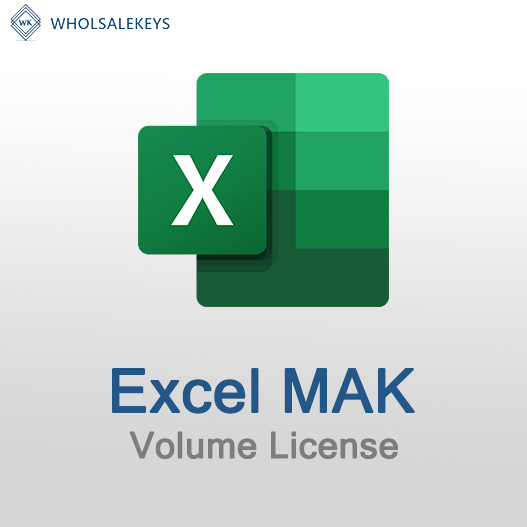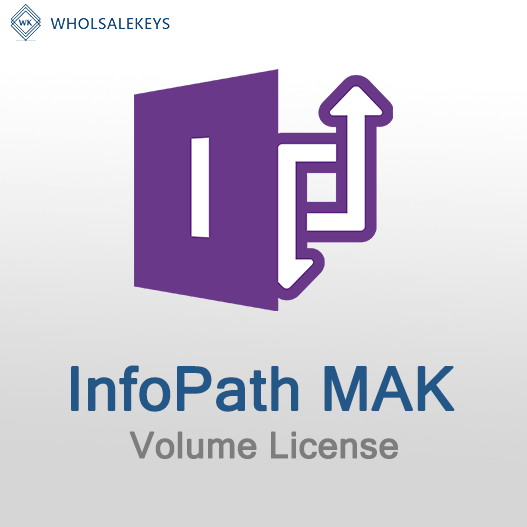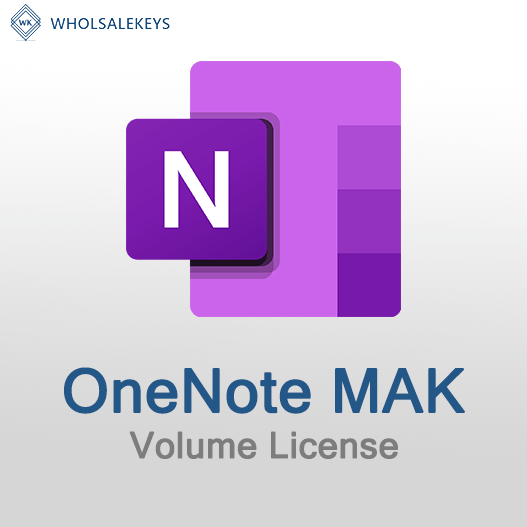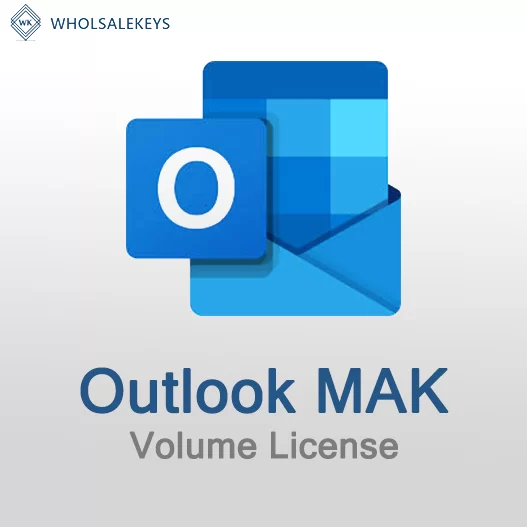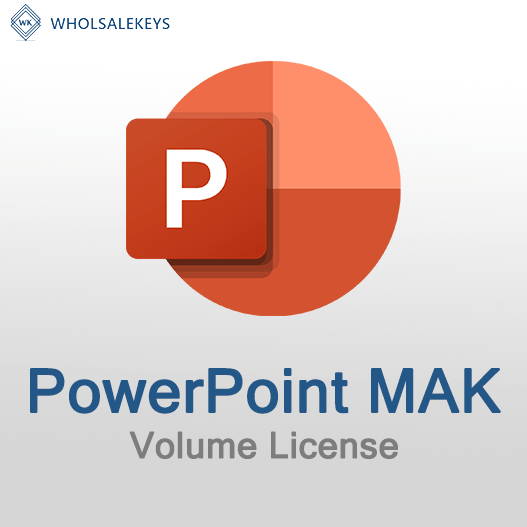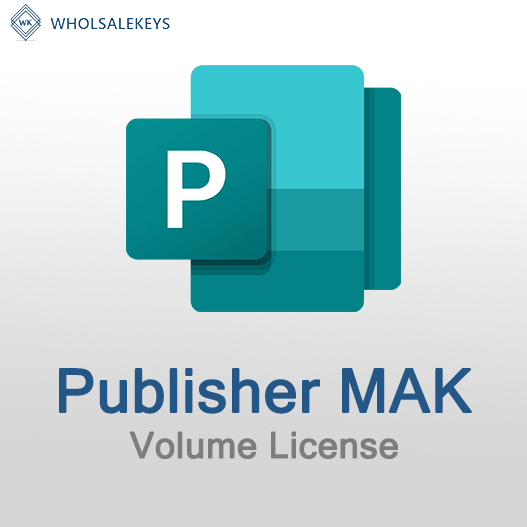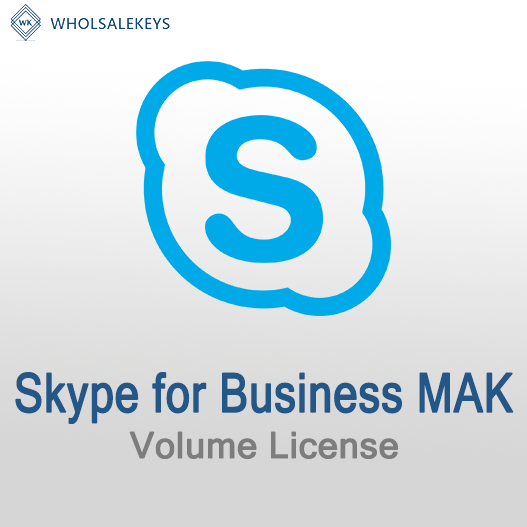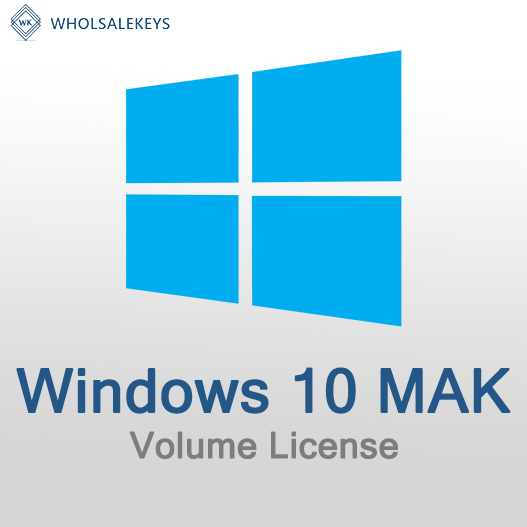Home » Understanding Multiple Activation Key (MAK) Licensing
Understanding Multiple Activation Key (MAK) Licensing
When it comes to managing software licenses for a large number of devices, organizations often turn to Multiple Activation Key (MAK) licensing. This licensing method simplifies the activation process and ensures compliance. In this comprehensive guide, we’ll delve into what MAK licensing is, how it works, and when it’s the right choice for your organization.
What is MAK Licensing?
Multiple Activation Key (MAK) licensing is a Microsoft volume activation method that enables organizations to activate a large number of devices with a single key. It’s a practical solution for businesses, educational institutions, and government entities that need to manage software licenses efficiently.
How MAK Licensing Works
MAK licensing involves the following key steps:
- Key Acquisition: Organizations acquire a unique MAK from Microsoft. This key represents the number of licenses purchased.
- Activation: IT administrators enter the MAK key on each device during the installation process or afterward. This key is used to activate the device’s Windows operating system or Microsoft Office suite.
- Activation Count: Each time a device is activated using the MAK, the activation count decreases by one. The organization can use the MAK for as many devices as the activation count allows.
- Reactivation: If a device needs to be reinstalled or reactivated, the same MAK key can be used, as long as the activation count has not been exhausted.
When to Use MAK Licensing
- Limited Connectivity: In environments with limited or no internet connectivity, MAK licensing allows for offline activation.
- Specific Use Cases: For devices used in special cases or isolated environments, MAK licensing provides flexibility.
- License Compliance: MAK licensing helps organizations ensure compliance with licensing agreements by providing a controlled activation process.
- Volume Licensing: When an organization purchases a volume licensing agreement, MAK keys are often provided as part of the package.
Best Practices
- Key Management: Maintain a secure record of MAK keys to prevent unauthorized use.
- Activation Monitoring: Keep track of activation counts to ensure compliance with licensing agreements.
- Regular Audits: Conduct regular audits to verify that MAK keys are being used appropriately and efficiently.
- Combine with KMS: In some cases, organizations use both MAK and Key Management Service (KMS) activation methods, depending on the device and network environment.
In conclusion, Multiple Activation Key (MAK) licensing is a valuable tool for organizations looking to efficiently manage software licenses for a large number of devices. By understanding how it works and when to use it, you can streamline the activation process and ensure compliance with Microsoft’s licensing agreements.
If your organization frequently deals with volume activation, consider incorporating MAK licensing into your licensing strategy to simplify the activation of Windows and Microsoft Office products.
Recent posts

Common Misconceptions About MAK Licensing
Clarify misconceptions surrounding Multiple Activation Key (MAK) licensing with expert insights and accurate information.

Auditing MAK Key Usage: Best Practices
Learn effective methods and best practices for auditing Multiple Activation Key (MAK) usage to maintain licensing compliance.

Tips for Smooth MAK Activation in Remote Locations
Learn how to ensure hassle-free Multiple Activation Key (MAK) activation in remote locations with these essential tips.
